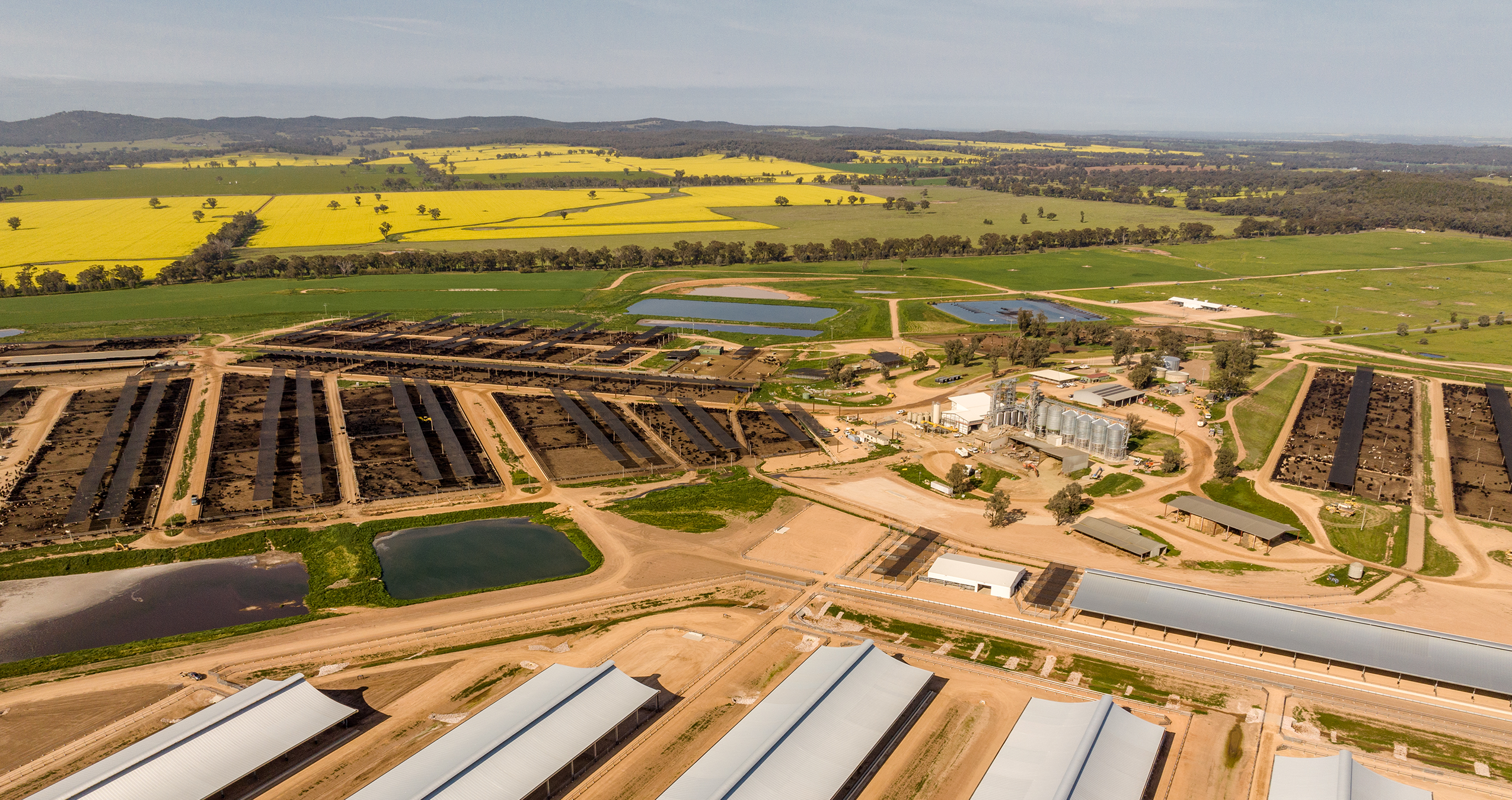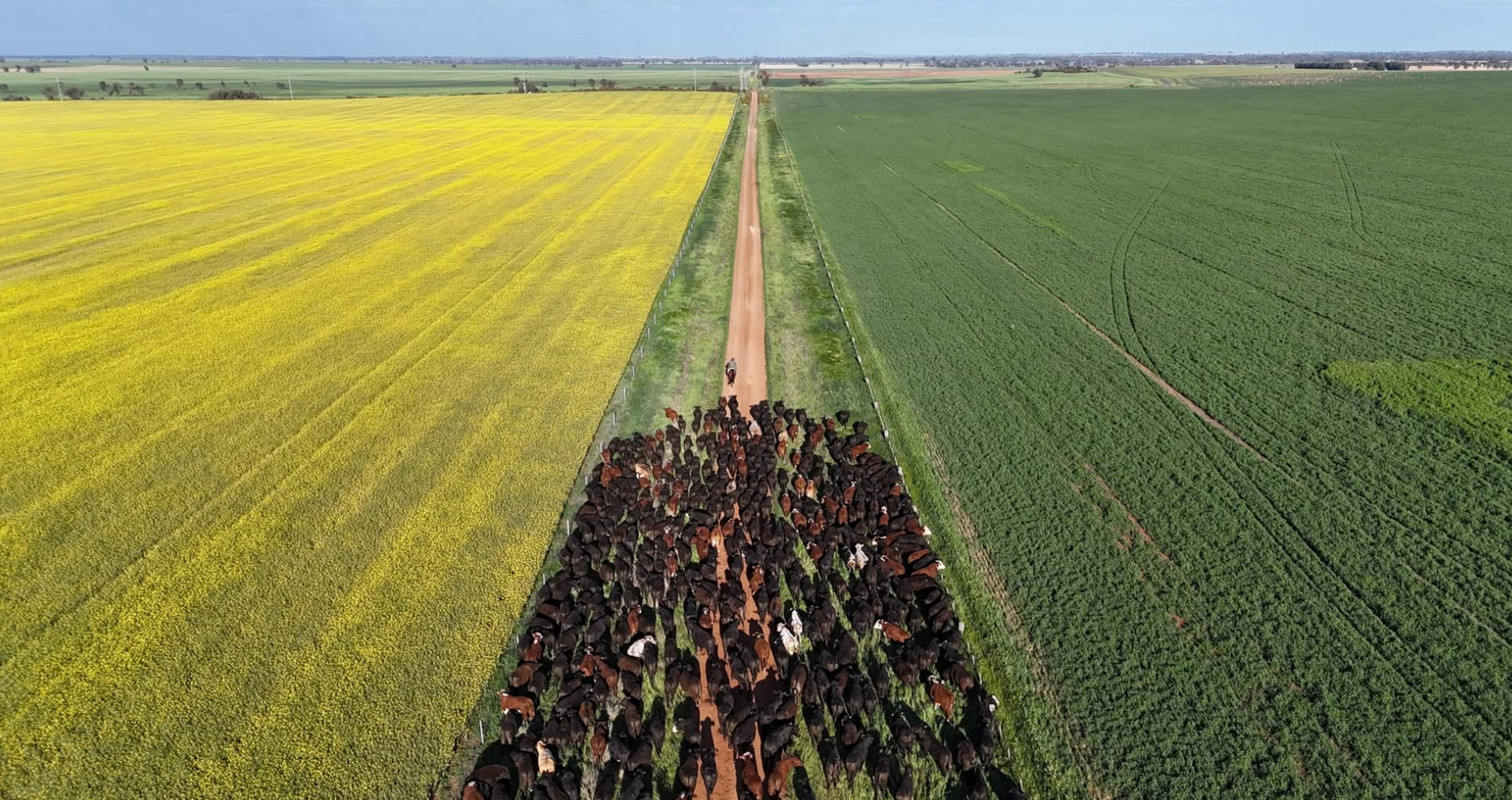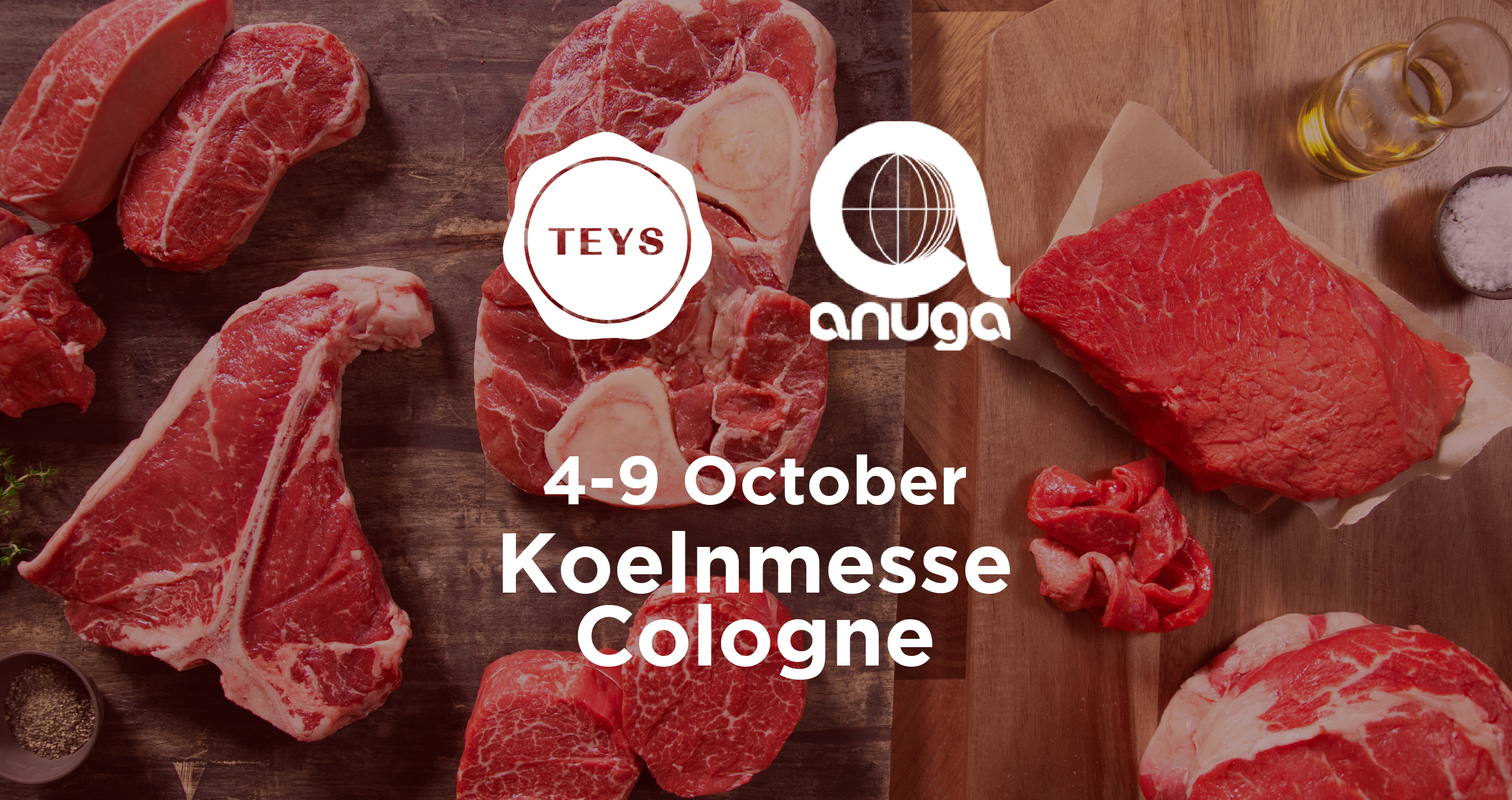
When you think of meat and flavour, do you think of the delicious savoury umami taste of a perfectly cooked steak? Perhaps you think about the mouthwatering aroma of meat that’s been caramelised to achieve a yummy outer crust. But do you think about the role of fat in flavour? As part of our Food Science with Teys series we’re going to share with you a little about this subject.
Many food lovers don’t realise how important some types of meat fat content is to flavour and aroma. Animal fat or lipids are what makes a cut of meat tasty, juicy and tender.
What We Love About Fat
Fat has an amazing ability to create a range of textures we crave. Fat gives us crispy bacon and crunchy pork crackle. Fat also gives us a “mouthfeel” that we find irresistible. In short, we love how fat feels and sounds in our mouths.
Fat can also make other flavours taste better. Food scientists have found that some flavours like to stick to fat molecules, which extends the release of flavour.
What’s the Skinny on Meat Fat?
Fat tends to absorb the aromatic compounds from an animal’s food, and as the animal ages, those flavour compounds intensify.
To maximise flavour in meat, you will want to have an understanding of the different kinds of animal fat.
The key animal fats in meat are classified using the terms “outer” fat and “intramuscular” or interstitial fat.
Interstitial fat is what is found between the muscular fibres in meat and is known as “marbling”. This is where veins of fat are distributed throughout a cut of meat, creating a kind of marbled effect.
When a marbled piece of meat reaches around 55ºC, the fat begins to melt and cover the muscle fibres surrounding it. This creates a rich, buttery texture and enhances the flavour of the meat.
Generally, meat with more marbling is more flavoursome. High quality marbled meat is valued by chefs and avid cooks, as the fat accumulates evenly between the muscular fibres, promoting a consistently tender result when cooked.
Outer fat is the subcutaneous fat you may find around a piece of steak or under pork rind. A certain amount of this fat can help to keep your meat moist. For example, leaving around 1.5cm of outer fat on your meat before barbecuing will help protect your meat, and after rendering can produce delicious results.
Learn more about some of our products known for their marbling and flavour here.
The information in this post is adapted from Gizmodo and Fine Dining Lovers.
 Return to News
Return to News

















